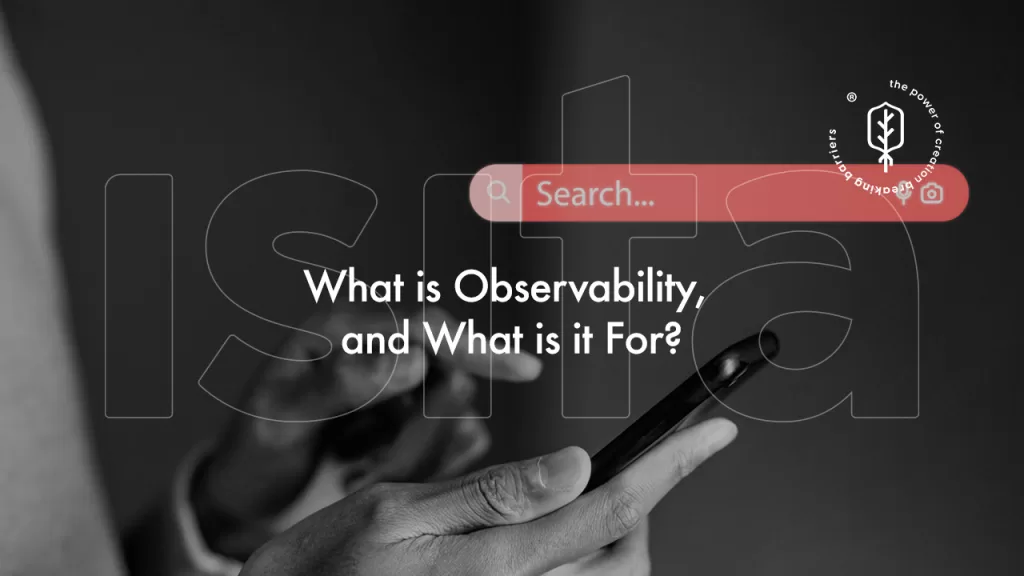Integrating third-party Application Programming Interfaces (APIs) into back-end systems is a common practice to enhance functionality and extend capabilities. APIs allow developers to leverage existing services and data from external providers, enabling them to build more robust and feature-rich applications without reinventing the wheel. This integration not only saves development time but also provides access to advanced functionalities that might be complex to develop in-house.
However, integrating third-party APIs seamlessly into your back-end requires careful planning, strategic selection, and adherence to best practices. This article explores the essential steps for successful API integration, common challenges faced during the process, and the tools and frameworks that can help streamline the integration for improved back-end performance.
Best Practices for Selecting and Integrating Third-Party APIs
Define Your Requirements
Before selecting a third-party API, clearly define the requirements and objectives of your project. Determine what functionality you need, how the API will be used, and what data you expect to retrieve or send. This clarity will help you choose the most suitable API for your needs.
Evaluate API Documentation
Comprehensive and well-organized documentation is crucial for seamless API integration. Evaluate the quality of the API documentation provided by the third-party provider. Good documentation should include detailed descriptions of endpoints, request and response formats, authentication methods, error handling, and example code snippets.
Assess API Performance and Reliability
Investigate the performance and reliability of the API. Look for performance benchmarks, uptime statistics, and reviews from other developers. Reliable APIs should have low latency, high availability, and consistent performance under various conditions.
Understand the API Rate Limits and Quotas
APIs often come with rate limits and usage quotas that restrict the number of requests you can make within a specified time frame. Understand these limitations and ensure they align with your application’s requirements. Exceeding rate limits can lead to throttling or service disruptions.
Secure Authentication and Authorization
Security is paramount when integrating third-party APIs. Ensure the API supports secure authentication methods, such as OAuth 2.0, and implement appropriate authorization mechanisms to protect sensitive data and prevent unauthorized access.
Versioning and Backward Compatibility
APIs evolve over time, and providers may release new versions with additional features or changes. Choose APIs that offer versioning and backward compatibility to ensure that updates do not break your integration. Be prepared to handle deprecations and migrate to newer versions when necessary.
Monitor and Log API Usage
Implement monitoring and logging to track API usage, performance, and errors. This practice helps in identifying issues, optimizing performance, and ensuring the API integration is functioning as expected.
Tools and Frameworks for Managing API Integrations
API Management Platforms
API management platforms like Apigee, Kong, and MuleSoft provide comprehensive solutions for managing API integrations. These platforms offer features such as API gateways, security, analytics, and version management, making it easier to control and monitor API usage.
Postman
Postman is a popular tool for testing and documenting APIs. It allows developers to create, test, and share API requests and responses, making it easier to understand and troubleshoot API integrations. Postman also supports automated testing and collaboration among development teams.
Swagger (OpenAPI)
Swagger (now known as OpenAPI) is a framework for designing, building, and documenting RESTful APIs. It provides tools for generating interactive API documentation, client SDKs, and server stubs, streamlining the integration process and ensuring consistency across different environments.
Insomnia
Insomnia is another powerful tool for testing and debugging APIs. It offers a user-friendly interface for creating and managing API requests, supporting various authentication methods and providing detailed response analytics.
Integration Platforms as a Service (iPaaS)
iPaaS solutions like Zapier, Integromat, and Tray.io enable seamless integration between different applications and services. These platforms offer pre-built connectors and workflows, reducing the complexity of API integrations and enabling non-developers to automate tasks easily.
Challenges and Considerations in API Compatibility and Security
Compatibility Issues
API compatibility issues can arise due to differences in data formats, protocols, or versions. To mitigate these challenges, ensure that the API you choose is compatible with your existing systems and technologies. Use data transformation tools or middleware to bridge any gaps and facilitate smooth communication between systems.
Handling Errors and Failures
Robust error handling is essential for maintaining the stability of your application. Implement retry mechanisms, fallback strategies, and graceful degradation to handle API failures gracefully. Log errors and monitor them to identify patterns and resolve issues promptly.
Ensuring Data Privacy and Security
When integrating third-party APIs, data privacy and security should be a top priority. Encrypt sensitive data during transmission and storage, use secure authentication methods, and adhere to compliance regulations such as GDPR or HIPAA, depending on your industry.
Rate Limiting and Throttling
Rate limiting and throttling can impact the performance of your application if not managed properly. Implement caching strategies to reduce the number of API calls, and design your system to handle rate limits gracefully by queuing requests or using exponential backoff strategies.
Monitoring and Maintenance
Continuous monitoring and maintenance are crucial for the long-term success of API integrations. Set up alerts for performance issues, monitor API usage patterns, and regularly review and update your integrations to ensure they remain efficient and secure.
Conclusion: Strategies for Achieving Effective Third-Party API Integration
Integrating third-party APIs seamlessly into your back-end can significantly enhance your application’s functionality and extend its capabilities. However, achieving effective integration requires careful planning, adherence to best practices, and the use of appropriate tools and frameworks.
Start by clearly defining your requirements and selecting APIs that align with your objectives. Evaluate the quality of API documentation, performance, security, and compatibility before making a decision. Utilize API management platforms, testing tools, and integration services to streamline the process and ensure seamless integration.
Be prepared to address common challenges such as compatibility issues, error handling, and security concerns. Implement robust monitoring and maintenance practices to keep your integrations running smoothly and efficiently.
By following these strategies, you can leverage the power of third-party APIs to create more feature-rich and dynamic applications, ultimately enhancing your back-end performance and delivering better value to your users.



